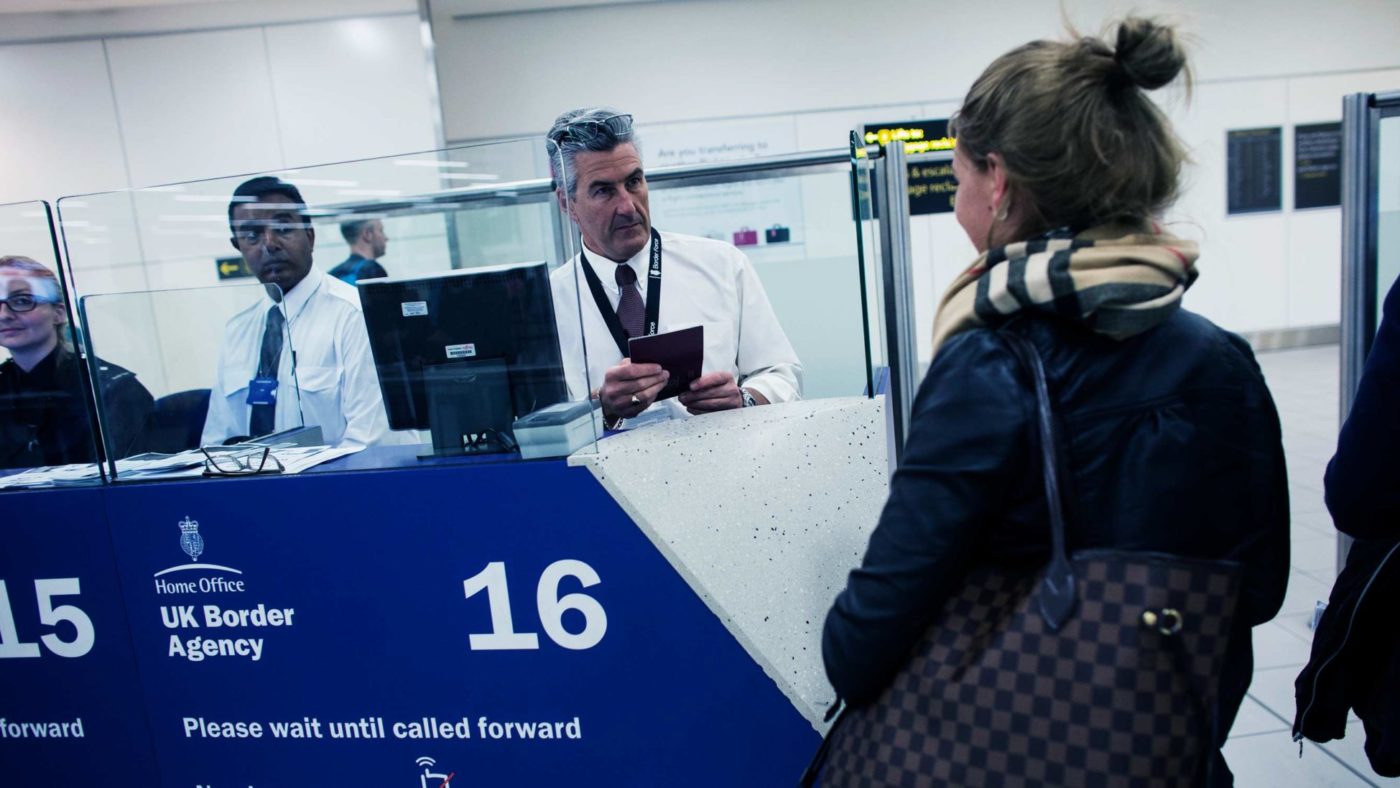Around the time the US Congress debated the Patient Protection and Affordable Care Act (“Obamacare”), opinion surveys on the subject showed an intriguing divide. When voters were asked about individual components of Obamacare, it turned out that a lot of components enjoyed widespread support, and that there was quite a lot of agreement between Democrats, Republicans and Independents. However, as soon as the word “Obamacare” was mentioned, the issue suddenly became hyper-partisan, and divisive. Republicans, in particular, now claimed to hate it.
Something similar is happening with immigration in Britain today. Ask about “immigration” in the abstract, and you will get the impression that the country is deeply divided on the subject, and that the majority is intensely hostile to it. But ask more specific questions, and you will get a very different picture. There are large groups of immigrants that are widely accepted, or even popular – including among people who express negative views about “immigration” in the abstract. Highly skilled migrants, foreign investors and entrepreneurs, immigrants from culturally similar countries and foreign students are particularly popular.
There is a common narrative that if you support a more liberal immigration policy, you are part of an out-of-touch metropolitan elite which sneers at ordinary folks. If you want to show how much you are in touch with “the people”, you need to signal your commitment to cutting immigration numbers.
But this is highly misleading. Yes, some types of immigration are unpopular, and you are not going to get popular support for a libertarian open-borders policy any time soon. But as I show in my new paper, Immigration: Picking the Low-Hanging Fruit, it would be perfectly feasible to liberalise our immigration system in some respects, without antagonising the public in the process. The paper does not outline an “ideal” immigration system. It outlines the most liberal immigration system that is just about compatible with public opinion.
More precisely, it outlines a two-lane immigration system, consisting of a standard lane and a fast lane.
The standard lane would use the current work visa system (the “Tier 2” system) as the starting point, but it would greatly simplify and tidy up that system. At the moment, Tier 2 applicants have to jump through all kinds of bureaucratic hoops in order to prove to the Home Office that they are the “right” kind of immigrant. Under my system, they would only need a job offer, a minimum salary (set slightly above the national average), and a clean criminal record. It would no longer be the Home Office’s job to assess whether a person brings the skills that “we” need. Who is “we”? If you can land a job at an above-average salary here, then by definition, there is at least somebody in Britain who values your skills highly enough. Otherwise, they would not have hired you. It’s as simple as that. That’s the market test, and that’s all it takes. I trust the market a lot more than any Home Office bureaucrat.
The fast lane would use unrestricted freedom of movement, of the kind that currently exists in the European Economic Area (EEA), as the starting point. The main difference to the current situation would be that free movement would be applied to a different set of countries.
Most commentators seem to see the Brexit vote as a rejection of the very concept of free movement. It wasn’t. Surveys show that there is, for example, overwhelming support for freedom of movement between the UK, Canada, Australia and New Zealand (“CANZUK”). One could probably add the US to that mix. As for Europe: free movement was never controversial in Britain until the EU’s eastward expansion in 2004 and 2007. Until then, even UKIP barely mentioned the subject. It was the quick and asymmetric opening of the borders to a number of substantially poorer countries which provoked resistance.
But this is not a reason for giving up on free movement altogether. It is, at best, an argument for returning to the pre-2004 status quo ante, in which free movement rights only apply to the old EU member states and the EFTA countries.
In short, there would be a “free movement zone” comprising developed Anglosphere countries and Western Europe. This free movement zone could eventually be expanded. A good rule of thumb would be that as soon as a country’s GDP per capita reaches 80 per cent of the UK level, its citizens should qualify for free movement rights.
Immigration between rich countries, even when completely uncontrolled, is heavily biased towards the highly skilled. There is nothing that could currently stop unskilled people from, say, Denmark or Switzerland from moving to the UK in large numbers, but in practice, this does not happen. Migration between rich countries delivers pretty much the same outcomes that a highly selective points-based system would also produce – except that it does so at zero administrative cost.
Finally, foreign students should be allowed to work alongside their studies for as many hours per week as they want, and they should have an automatic right to stay in Britain for a period of at least two years after graduation.
Such a system would be substantially more liberal than what the government is currently planning for the time after the Brexit transition period. Perhaps counterintuitively, it could also turn out to be more popular, or at least, not more unpopular. It would liberalise migration in selective ways, namely, in those areas where the public is most comfortable with it. This is how the words “popular” and “liberal” can indeed fit into the same sentence.


